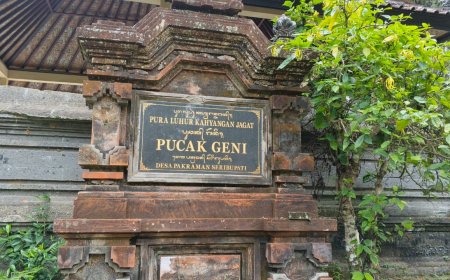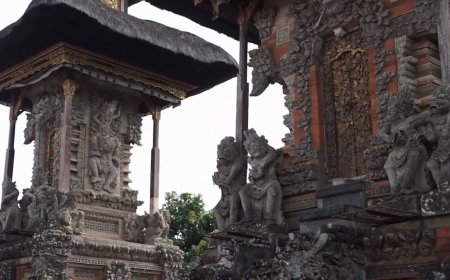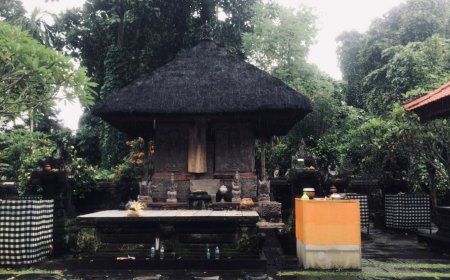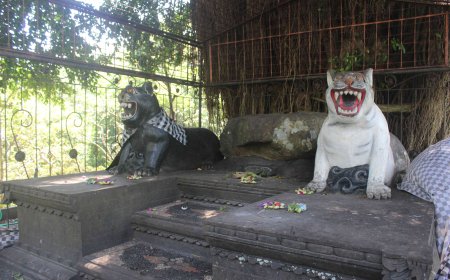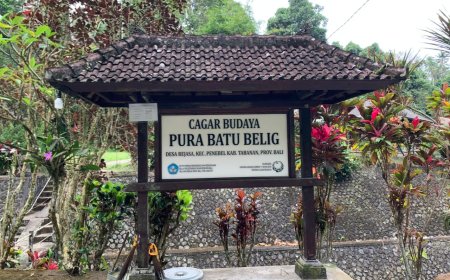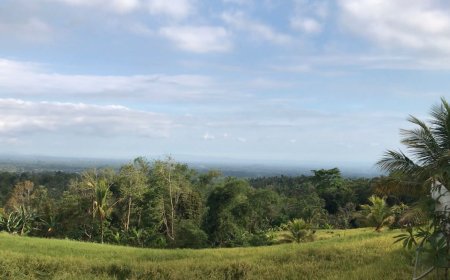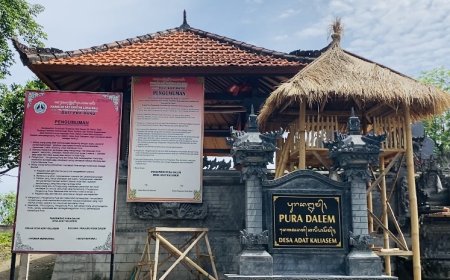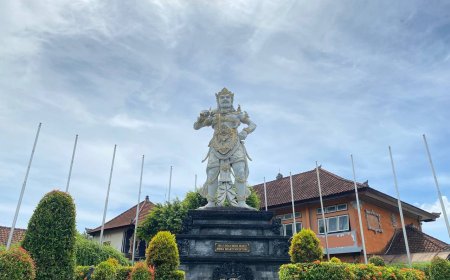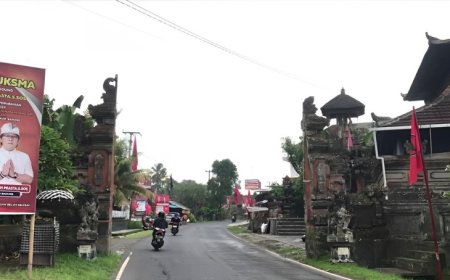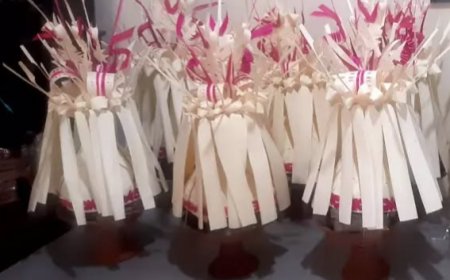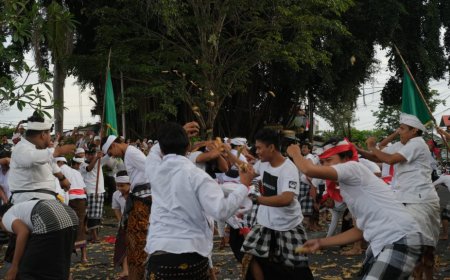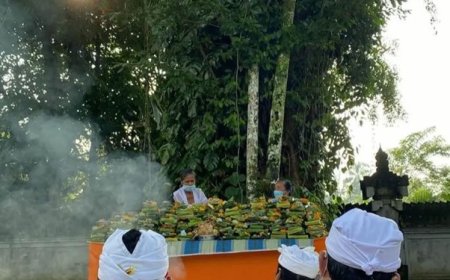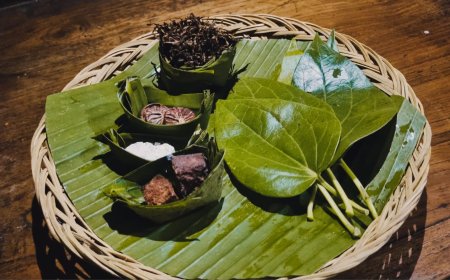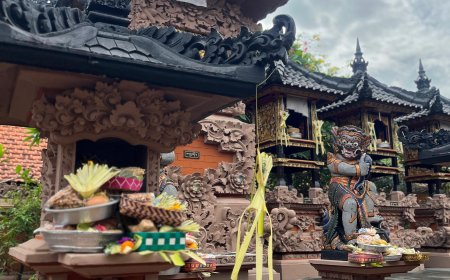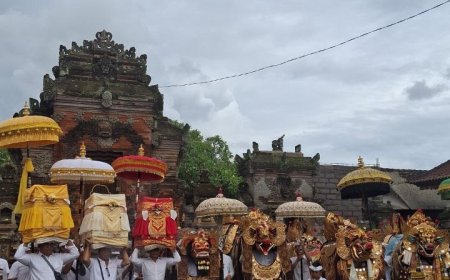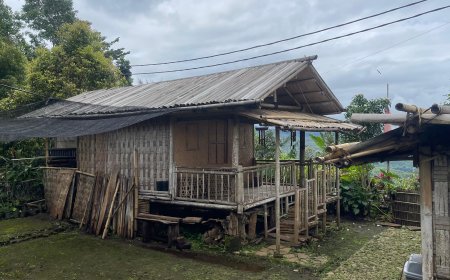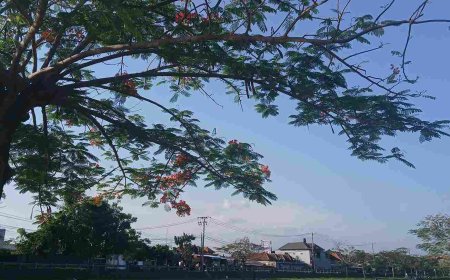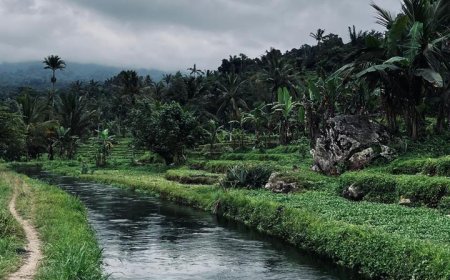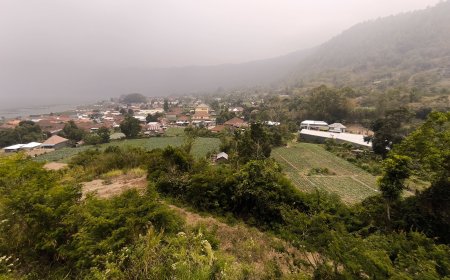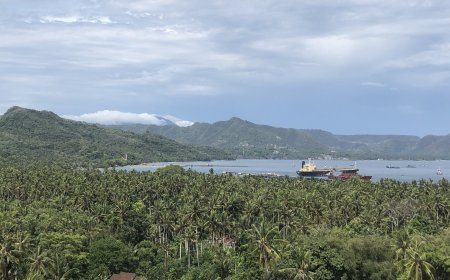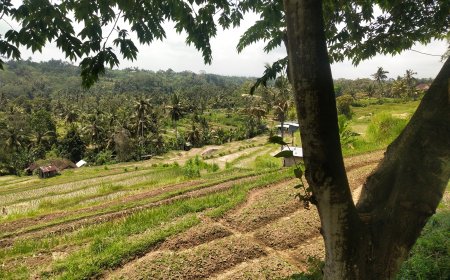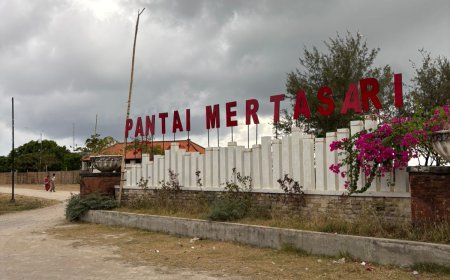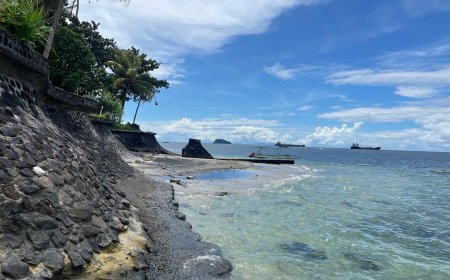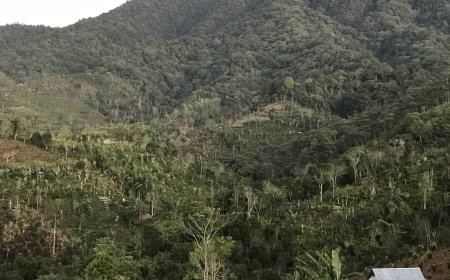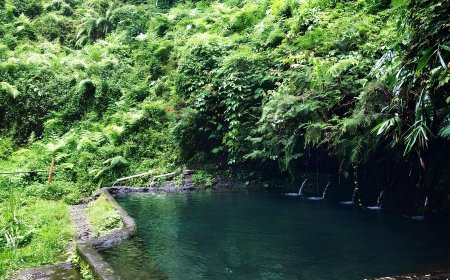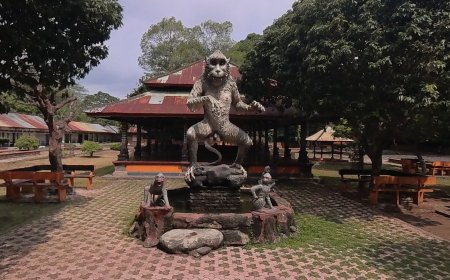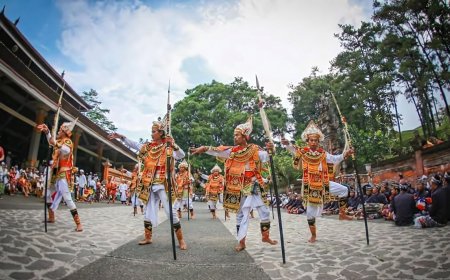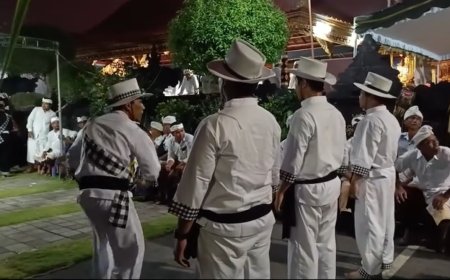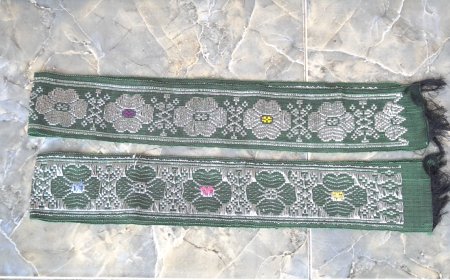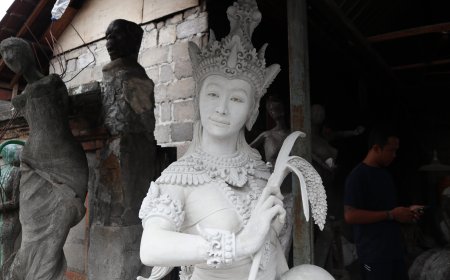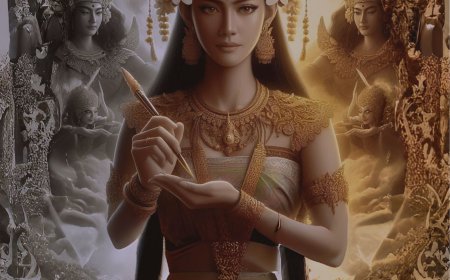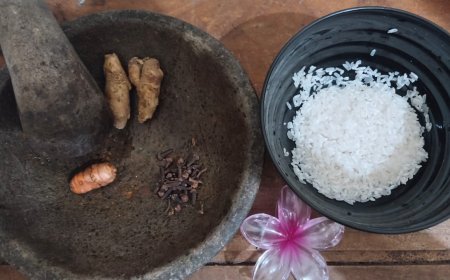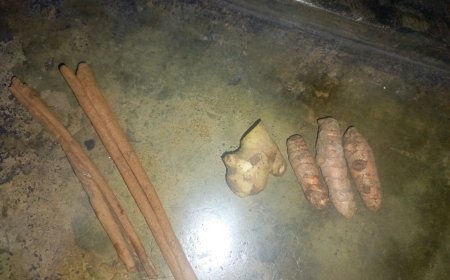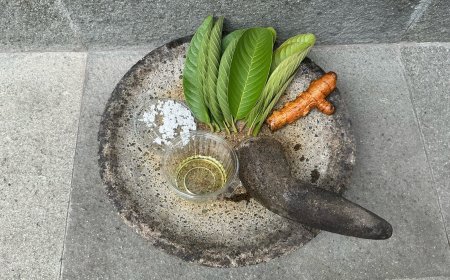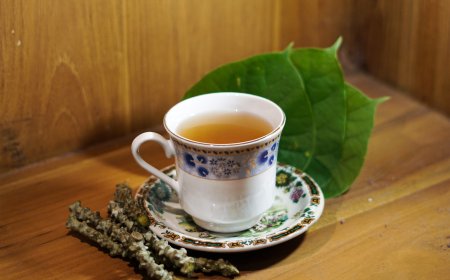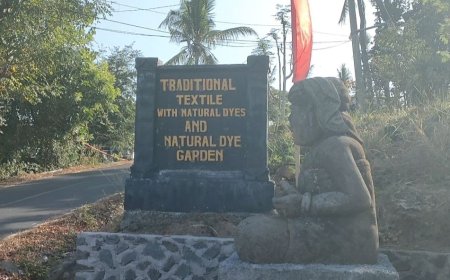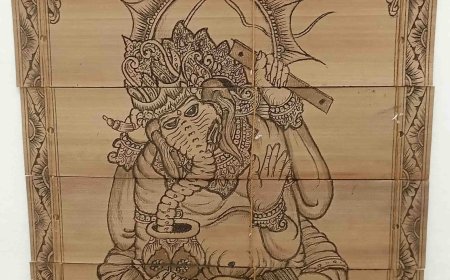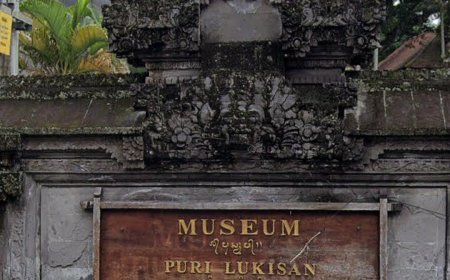Tihingan Gamelan Production Art
Gamelan Tihingan is one of Indonesia's traditional musical instruments. This gamelan is crafted using copper from Irian Jaya and white tin from Bangka Island, combined with gold to create harmonious sounds and unique aesthetics. The trade of gamelan originating from Tihingan has reached an international level, extending all the way to China. The meticulous crafting process and well-managed delivery emphasize a commitment to quality and customer satisfaction. Various types of gamelan, such as gong kebyar, angklung, and gender wayang, reflect cultural diversity. With tonal variations like gemung, sinaren, and selisir, gamelan becomes a living heritage tailored to user needs, creating beauty, historical narratives, and cultural richness that remain relevant in modern society.
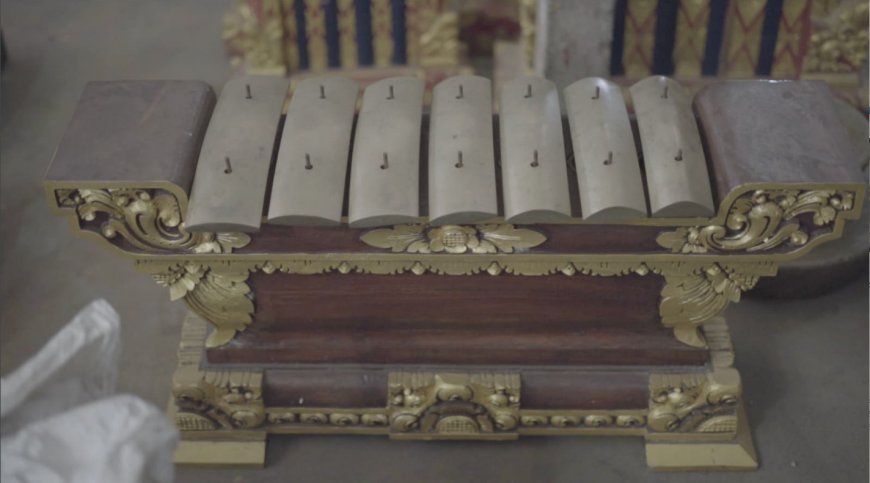
Indonesia, as an archipelagic nation rich in cultural diversity, is renowned for its unique traditional music, one of which is the gamelan. The gamelan is not just a musical instrument but also reflects the historical richness and cultural heritage of the archipelago. In this article, we will explore interesting facts about the gamelan crafted in the village of Tihingan, from its materials to its journey across international borders.
One of the notable places for crafting Balinese Gamelan is the village of Tihingan in Klungkung Regency. Tihingan, a relatively unfamiliar location to many, plays a pivotal role in the world of gamelan as a renowned production center. Each step in the gamelan-making process in Tihingan holds profound historical and traditional significance.
The primary materials used in crafting the gamelan hold significant historical value. Copper, sourced from Irian Jaya, imparts its own uniqueness to each gamelan instrument. Meanwhile, white tin from the island of Bangka plays a crucial role in gamelan production. The addition of gold to these materials is not merely a luxurious touch but also serves a technical purpose, reducing the pores of the gamelan and producing a smoother and more harmonious sound.
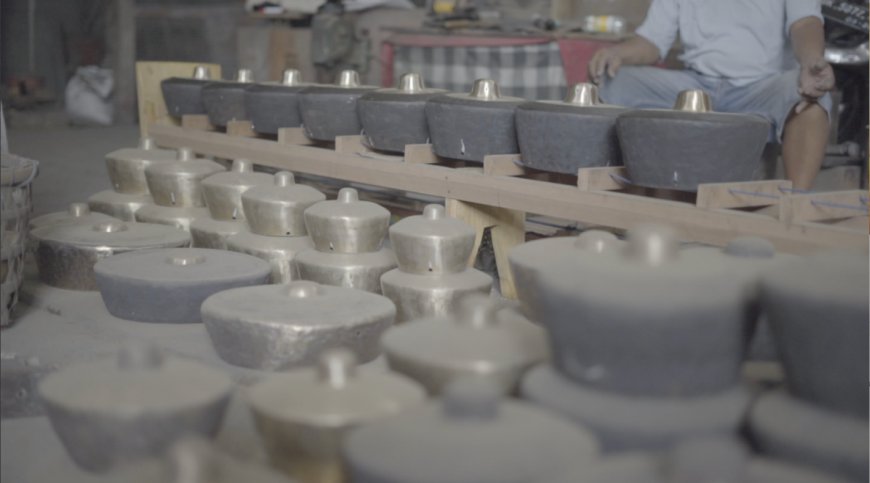
Gamelan Bali (Photo Source: Private Collection)
Although the basic materials for the gamelan are sourced from Irian Jaya and Bangka, it is not uncommon for gamelan craftsmen to purchase additional materials from Java. This collaboration between regions in Indonesia demonstrates that the gamelan-making process involves interregional cooperation. Craftsmen understand that each area possesses its own expertise and uniqueness, contributing to the enhancement of the gamelan's overall quality.
Not only is the gamelan an integral part of Indonesia's cultural heritage, but its trade has also reached international dimensions. The gamelan, particularly the gong, has become a sought-after commodity even in China. This phenomenon indicates that the gamelan is not only recognized locally but also possesses an extraordinary global allure.
The gamelan crafting process involves high expertise and attention to detail. The precise mixing of materials such as copper, white tin, and gold is necessary to achieve optimal results. Gamelan craftsmen are not merely producing musical instruments; they are creating works of art that radiate the aesthetic beauty and traditional values of Indonesia.
After undergoing meticulous crafting stages, the shipment of the gamelan becomes a crucial moment. Gamelan craftsmen are committed to ensuring that each musical instrument they produce is delivered according to agreements with buyers. Customer trust and satisfaction are paramount in every gamelan trade transaction.
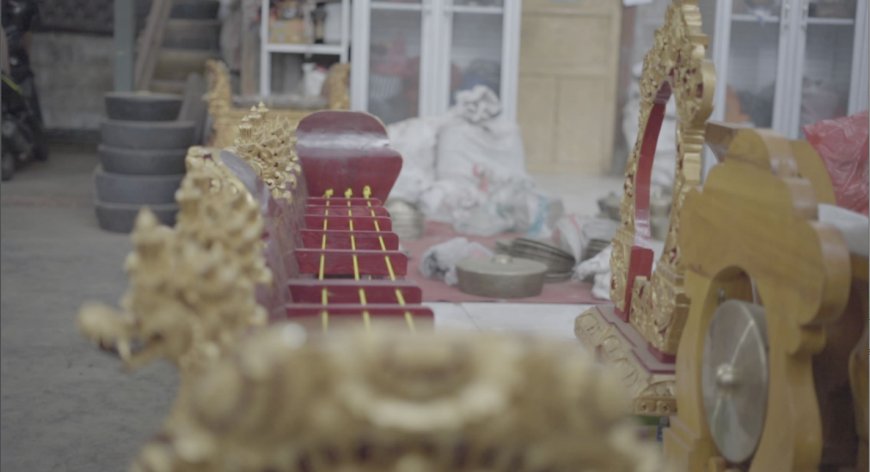
Gamelan Frame (Photo Source: Private Collection)
The gamelan is not a singular type but encompasses several variations that enrich Indonesia's musical artistry. Among the gamelan types crafted are gong kebyar, angklung, and gender wayang. Each type of gamelan exhibits unique characteristics, both in form and sound, reflecting the cultural diversity of Indonesia.
In the gamelan, there are various types of tones that create beautiful harmony. Gemung is the largest tone, providing the foundation in the gamelan melody. Sinaren, as the middle tone, adds nuances in the middle. Meanwhile, selisir is the smallest tone that adds complexity to the gamelan's musical composition. The combination of these three tones creates a beauty that resonates with the hearts of listeners.
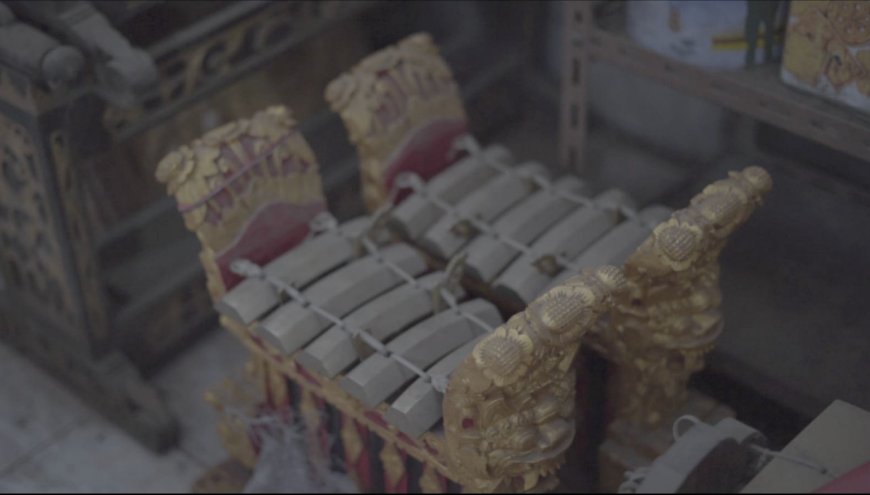
Gamelan Jublag (Photo Source: Private Collection)
Gamelan produced in Tihingan has been distributed even to China. A gamelan maker from Tihingan successfully delivered their instruments according to the agreed-upon terms with the buyer. Buyers can either collect their ordered gamelan or have it shipped to their location by the craftsman.
Gamelan requires periodic calibration of tones to ensure that the instruments produce pleasing sounds when played. Calibration is necessary due to the iron components in gamelan, which undergo changes in pore size over time. These changes can affect the produced sound, necessitating recalibration to ensure the gamelan produces accurate tones.
The gamelan's excellence lies not only in its beauty and diversity but also in its adaptability to user needs. Gamelan craftsmen can create musical instruments that align with specific preferences and requirements, making the gamelan a living cultural heritage that remains relevant in modern society. Gamelan craftsmen also hope for the preservation of this art form, aiming to ensure it does not fade away and continues to evolve, especially in the village of Tihingan.
